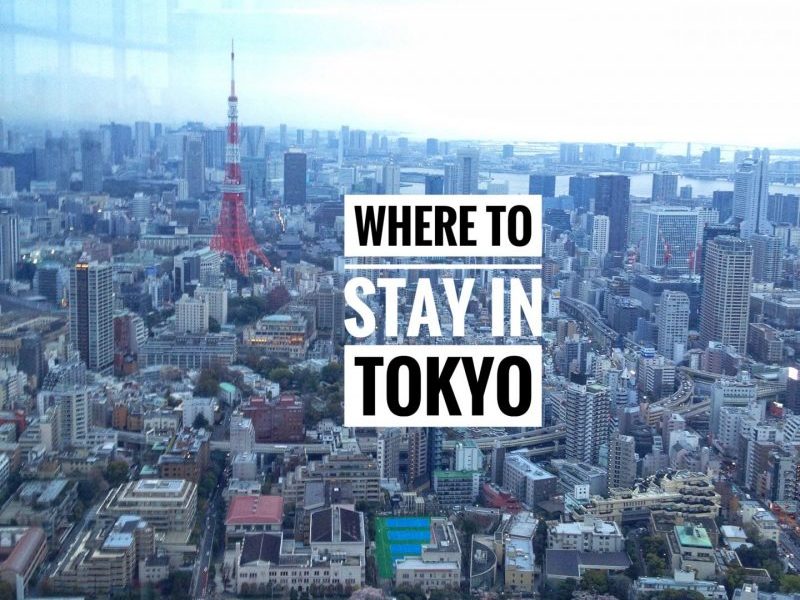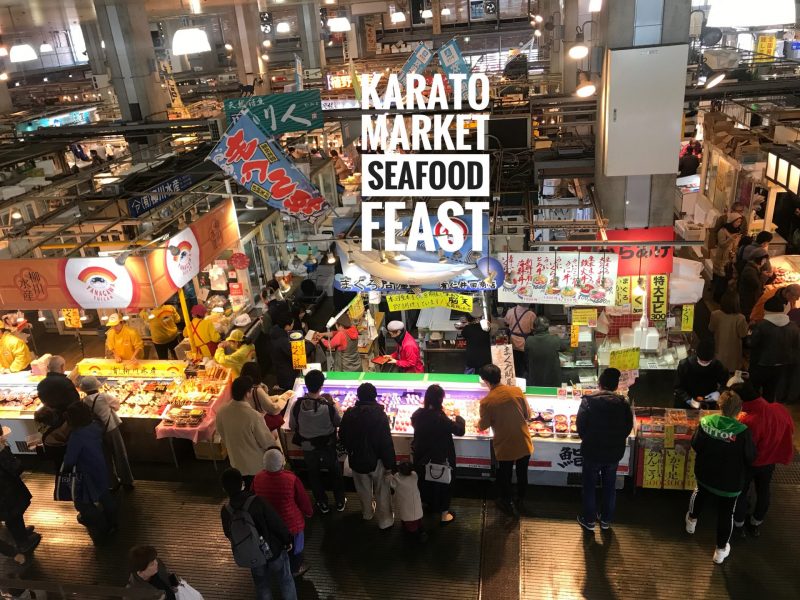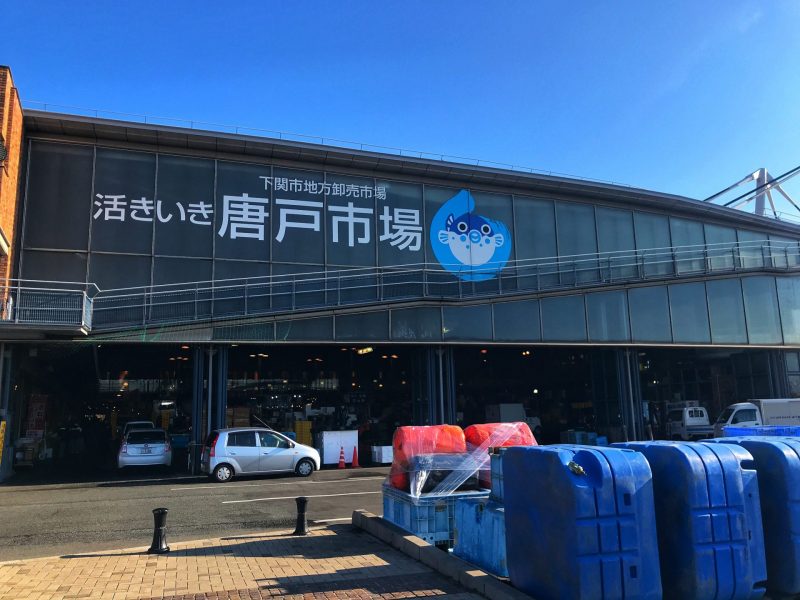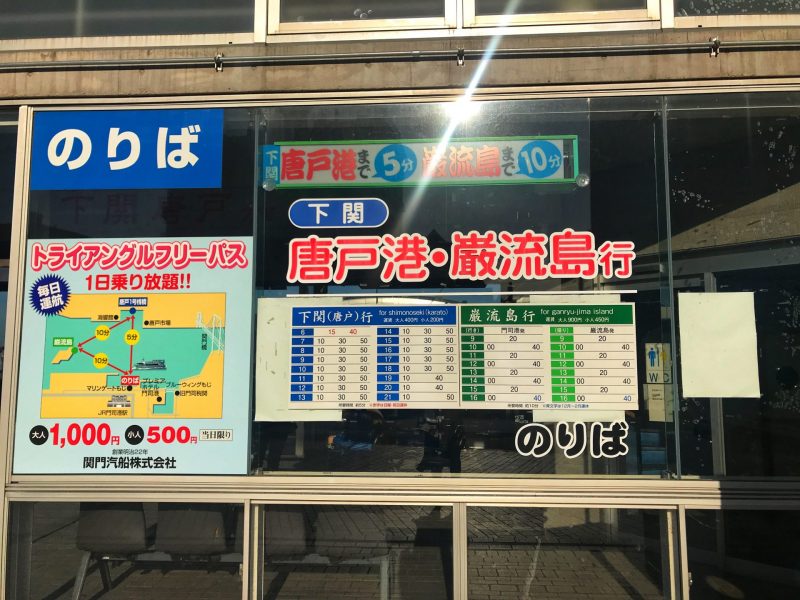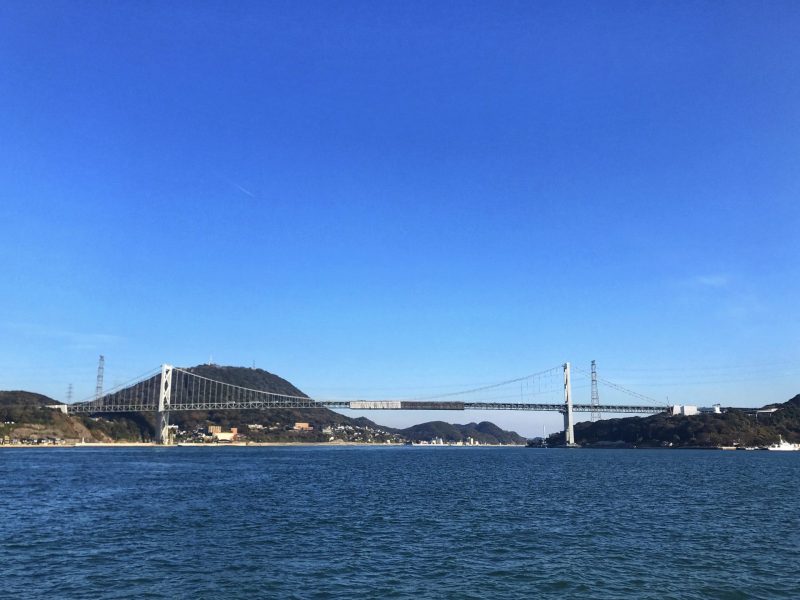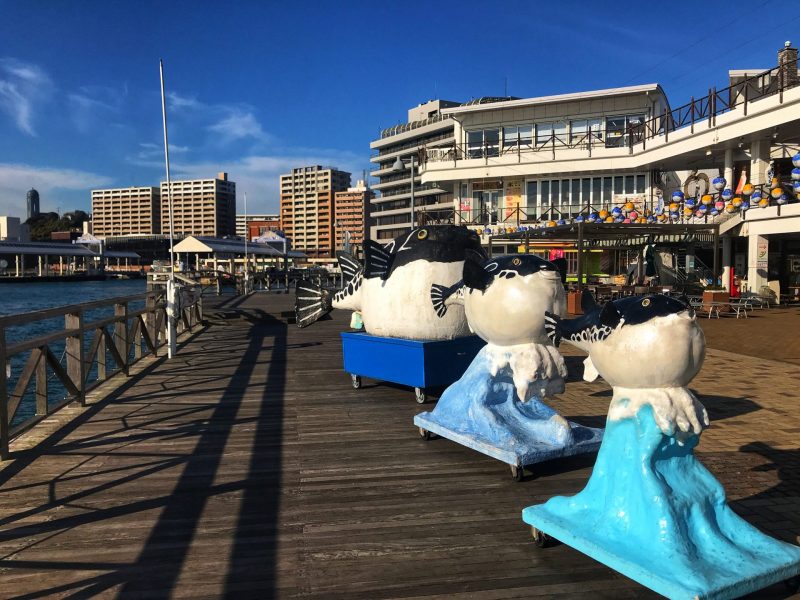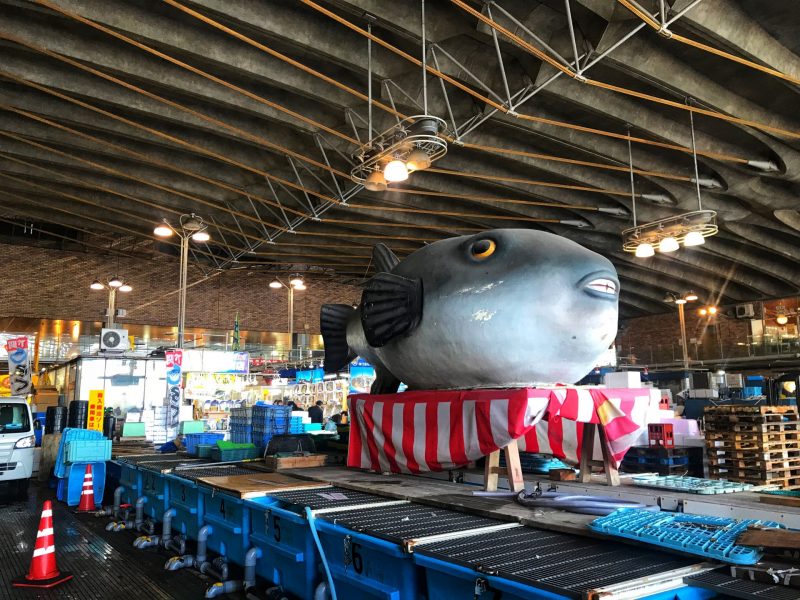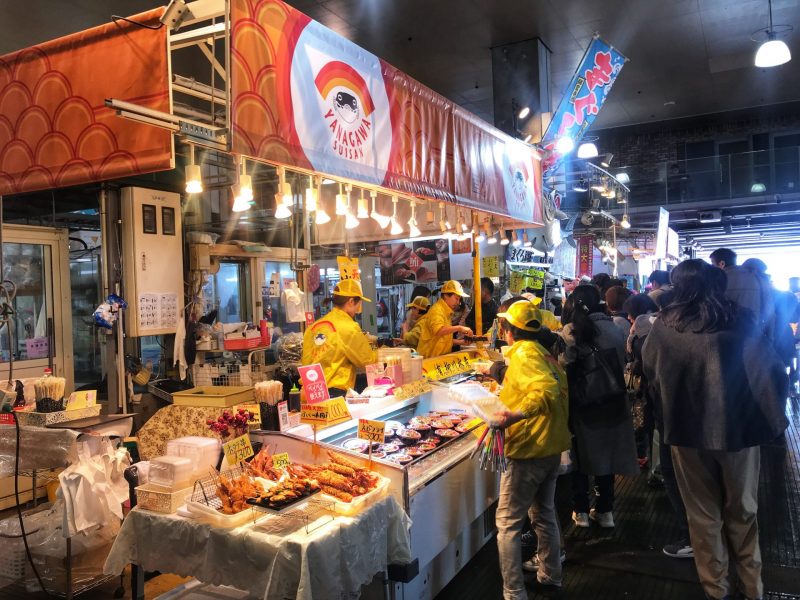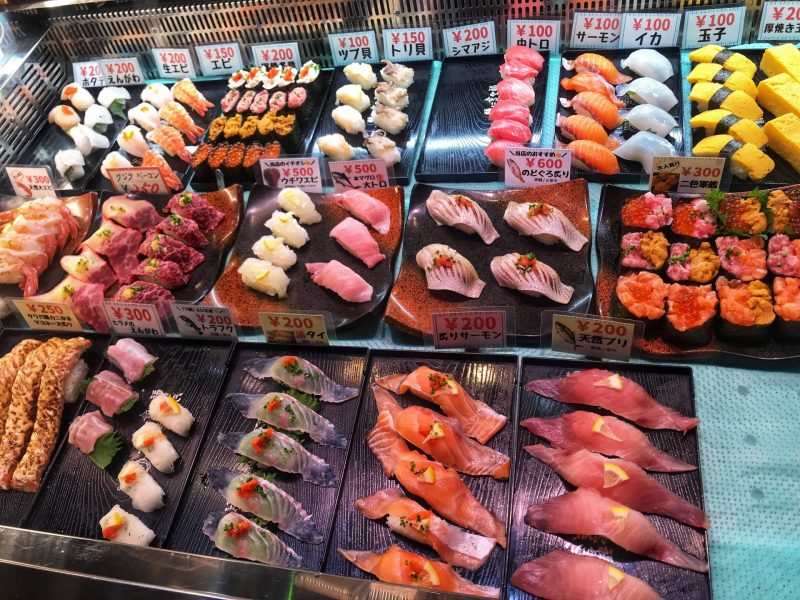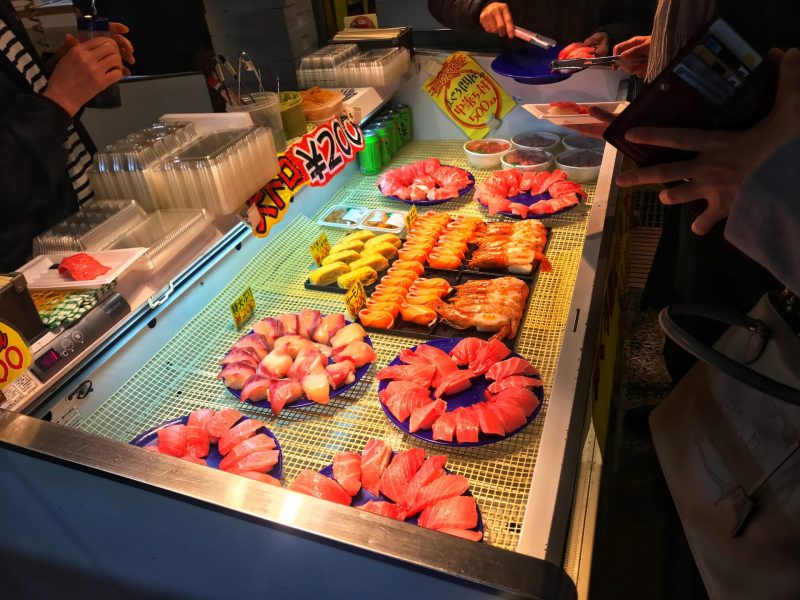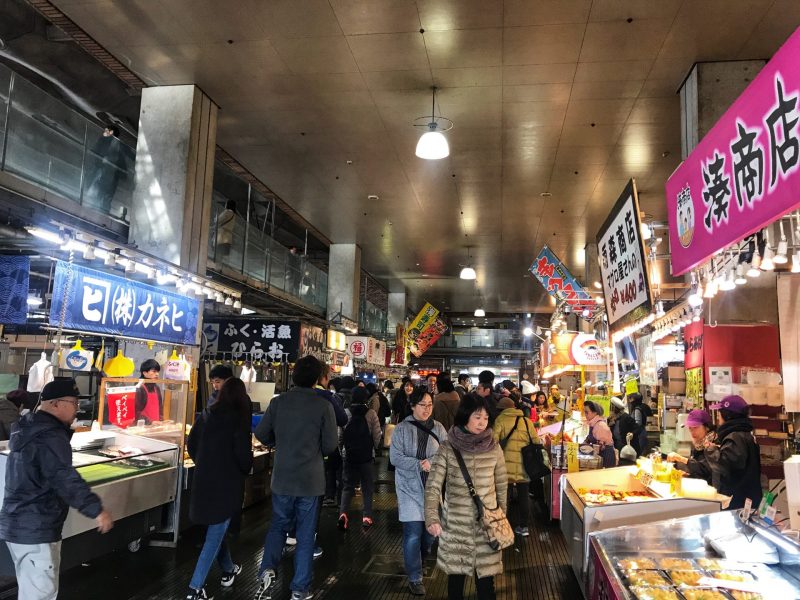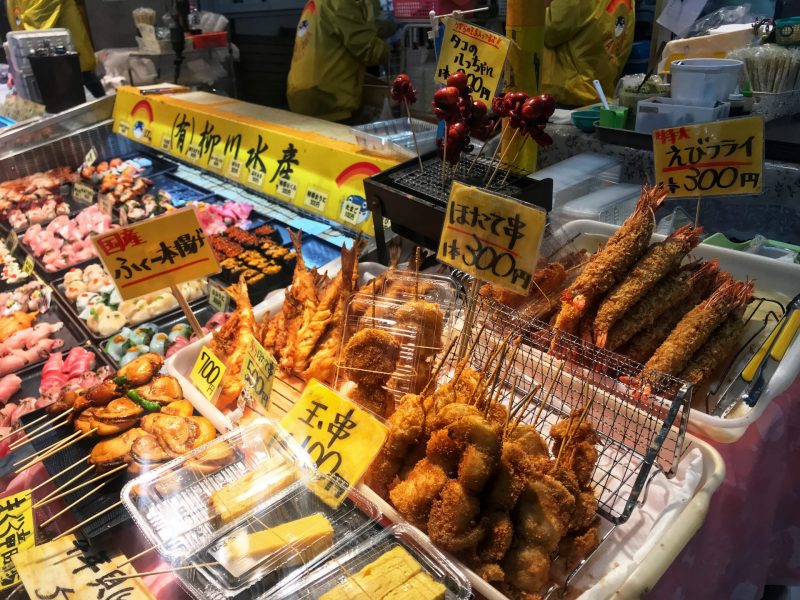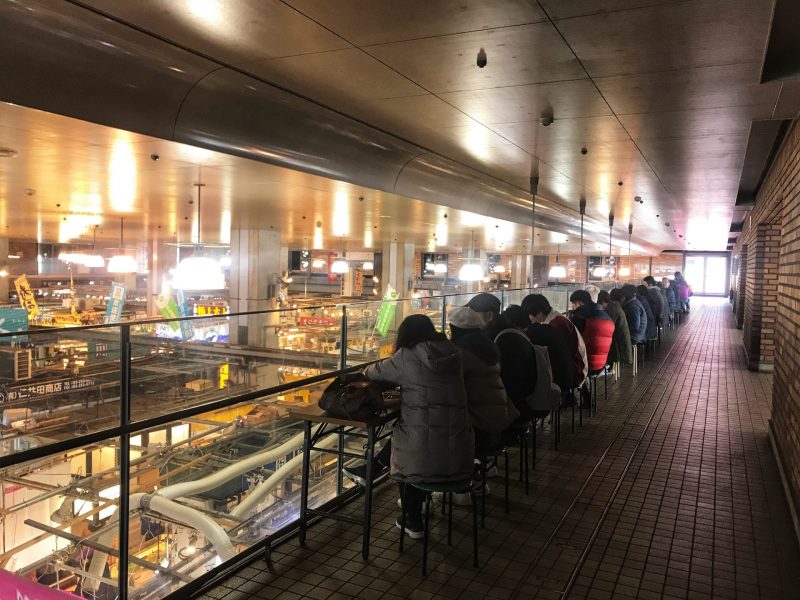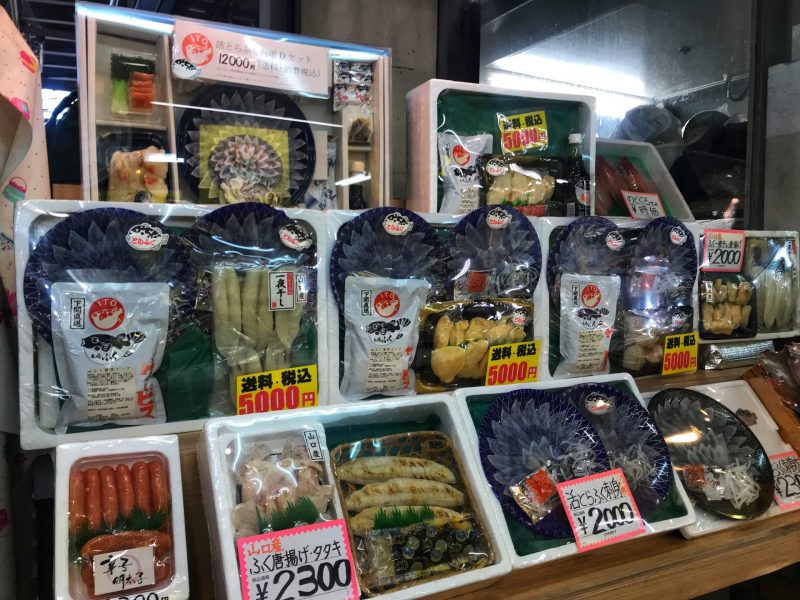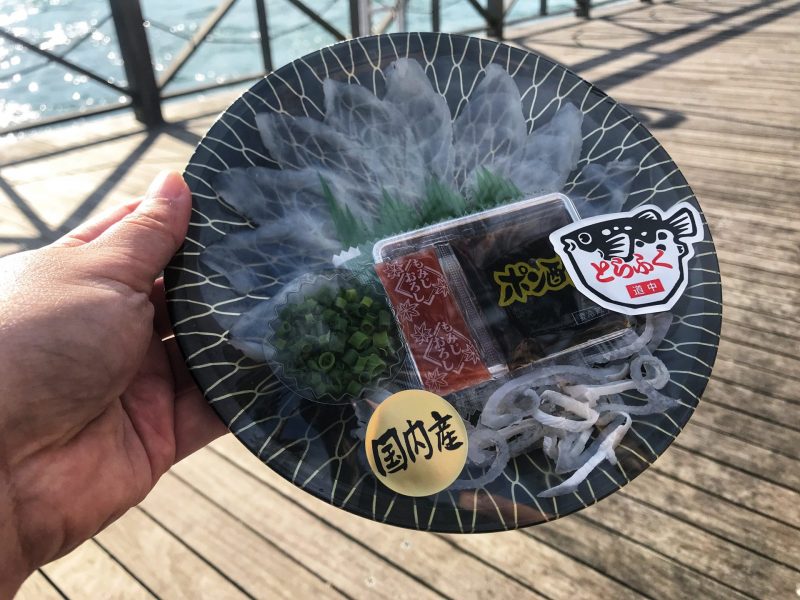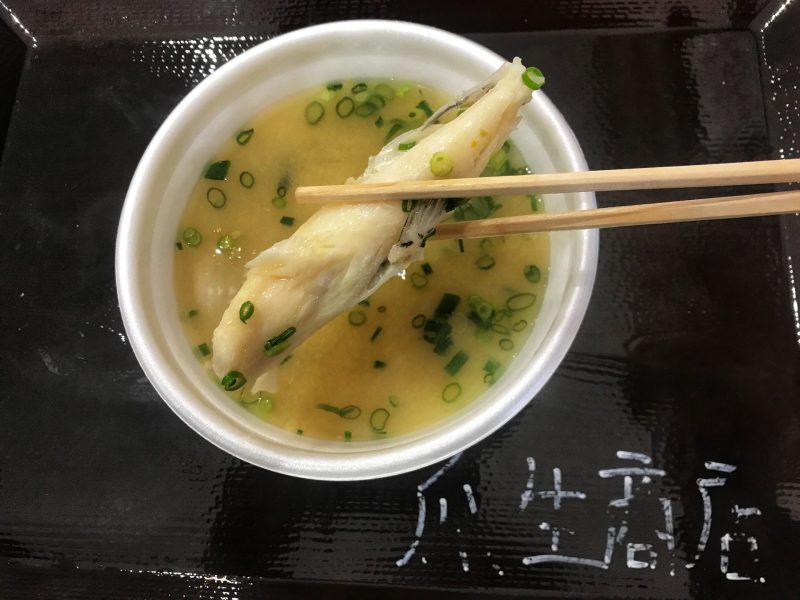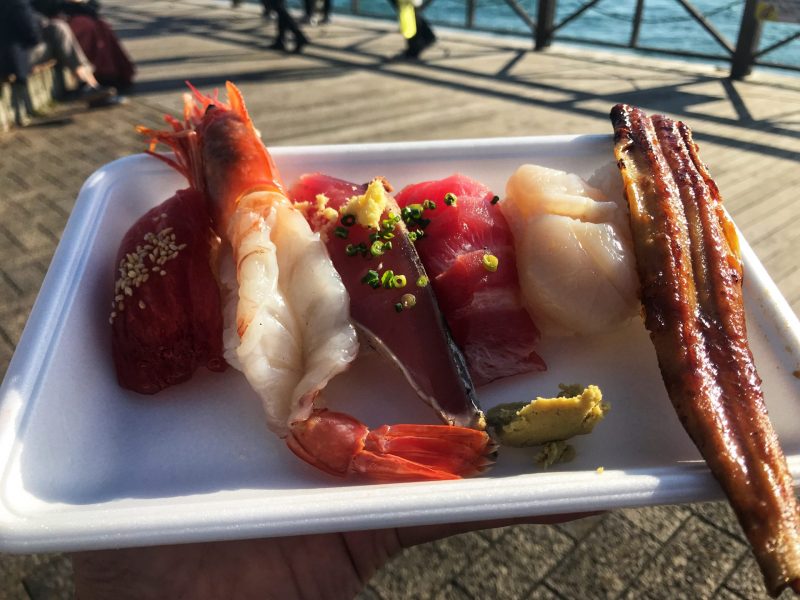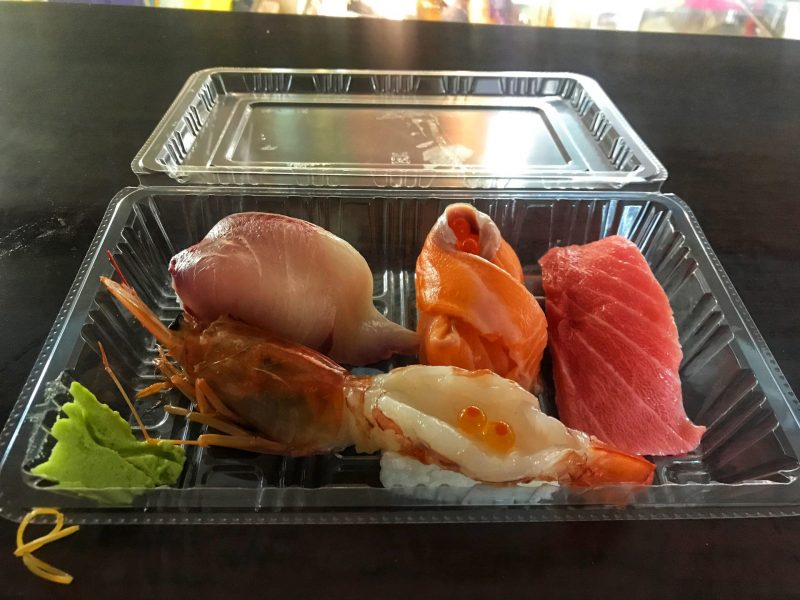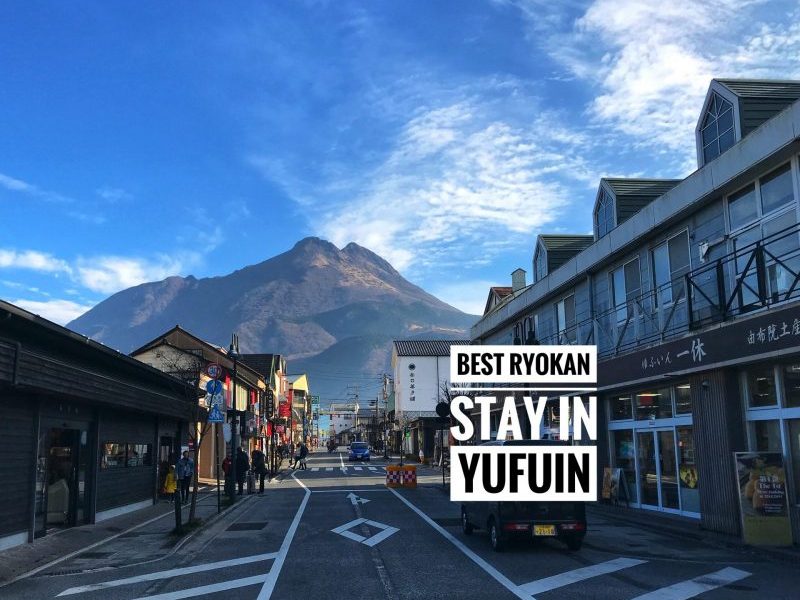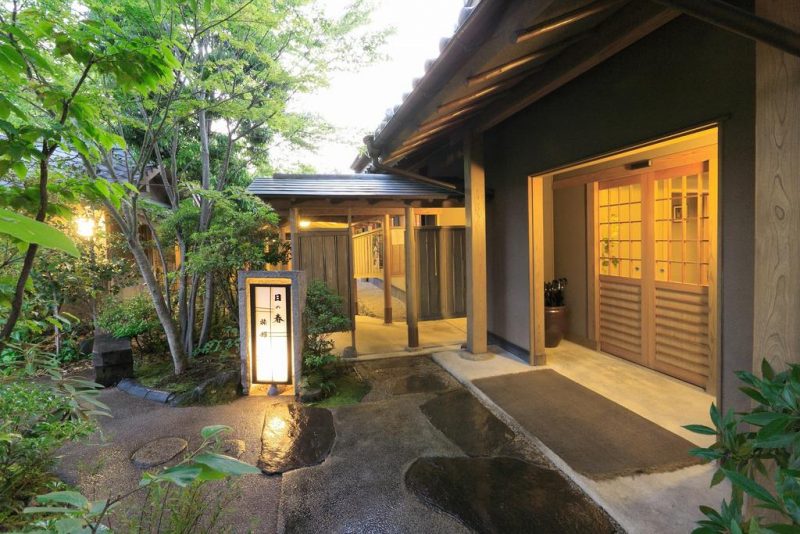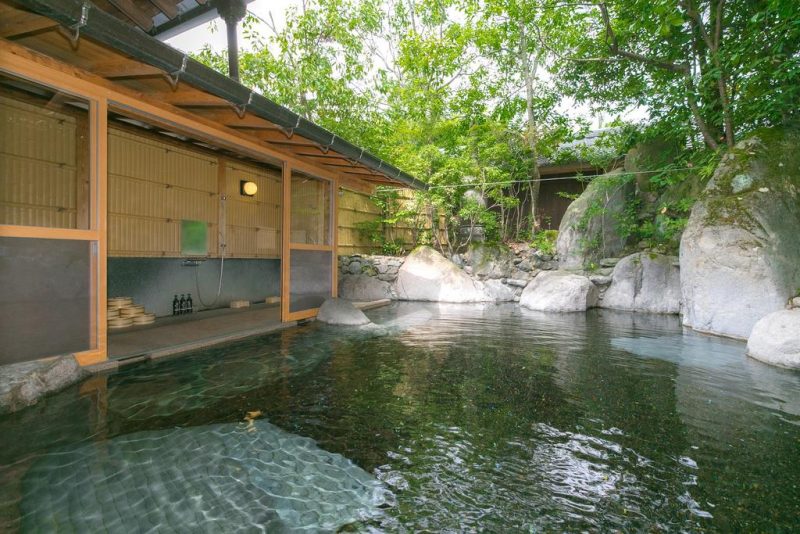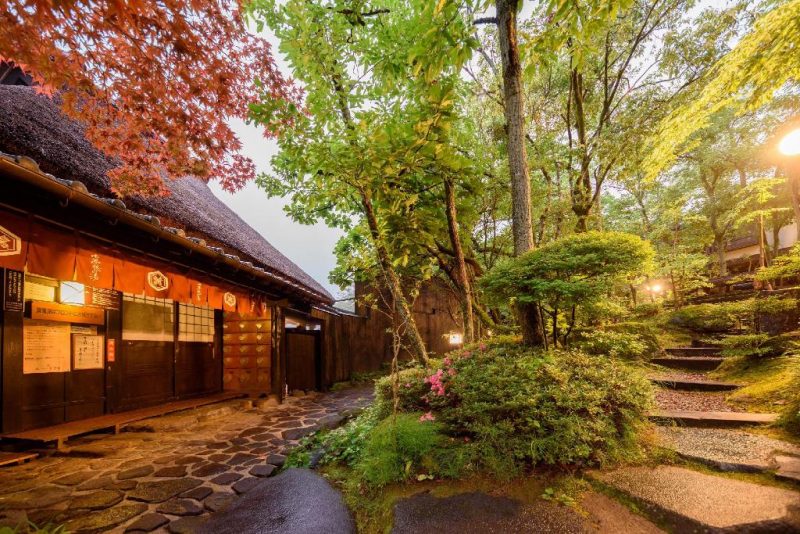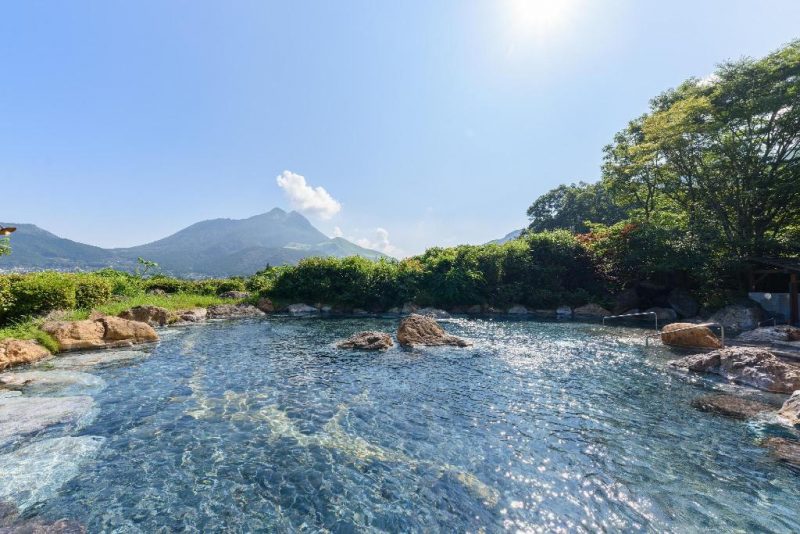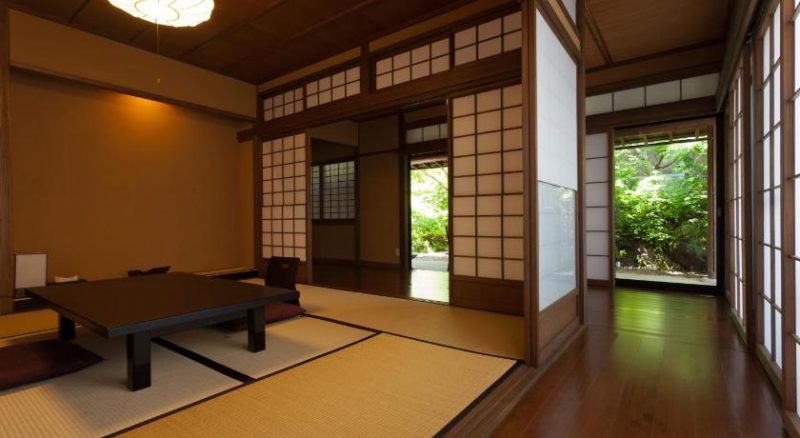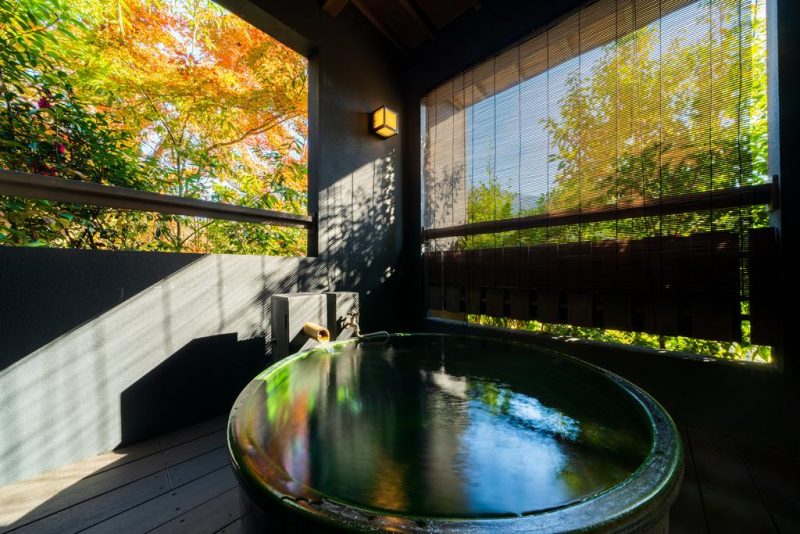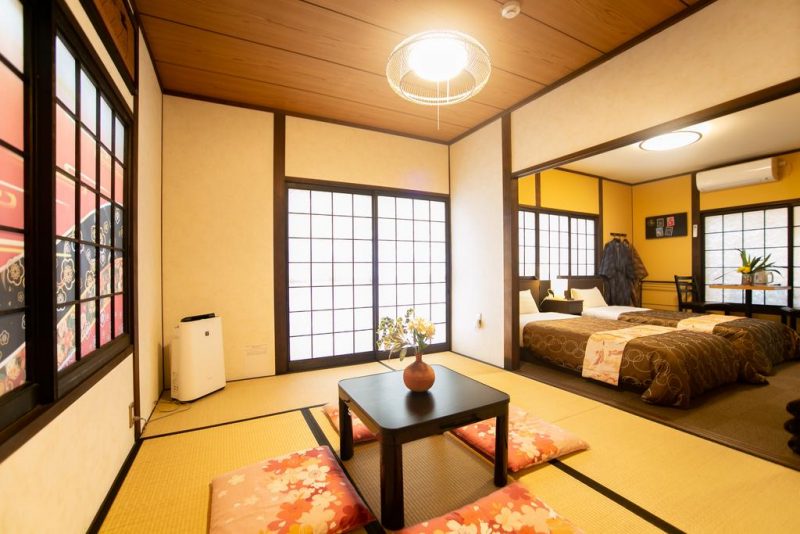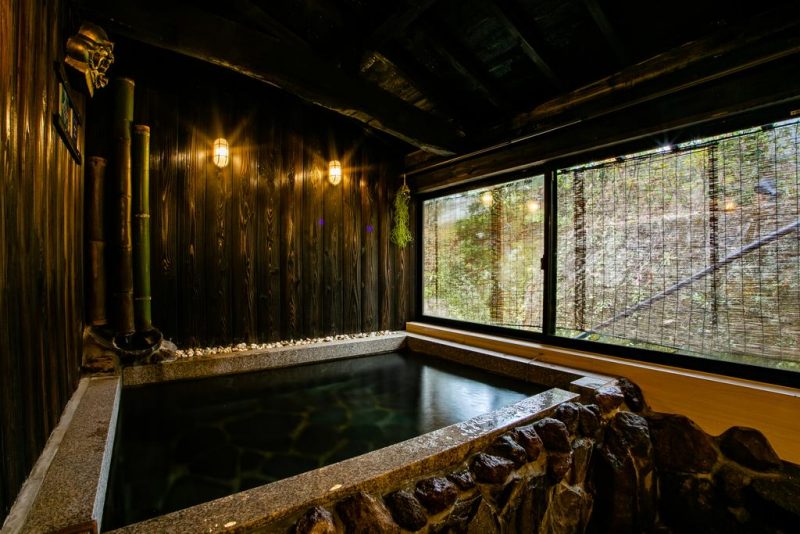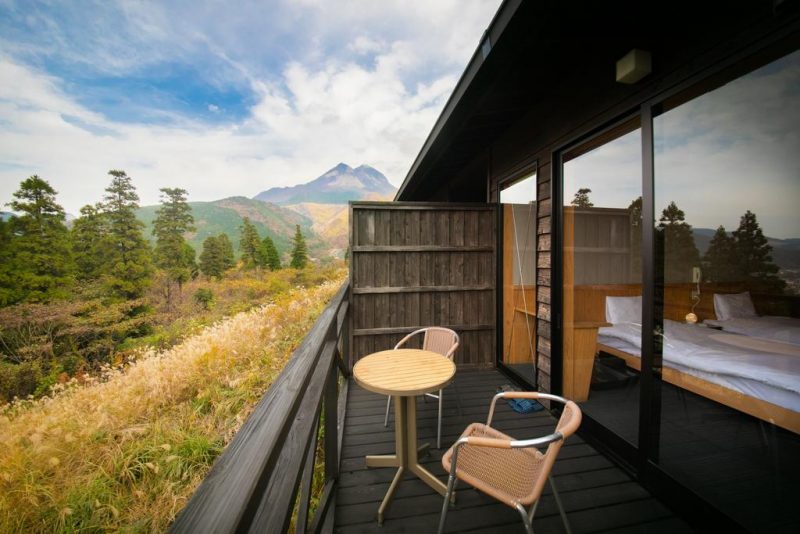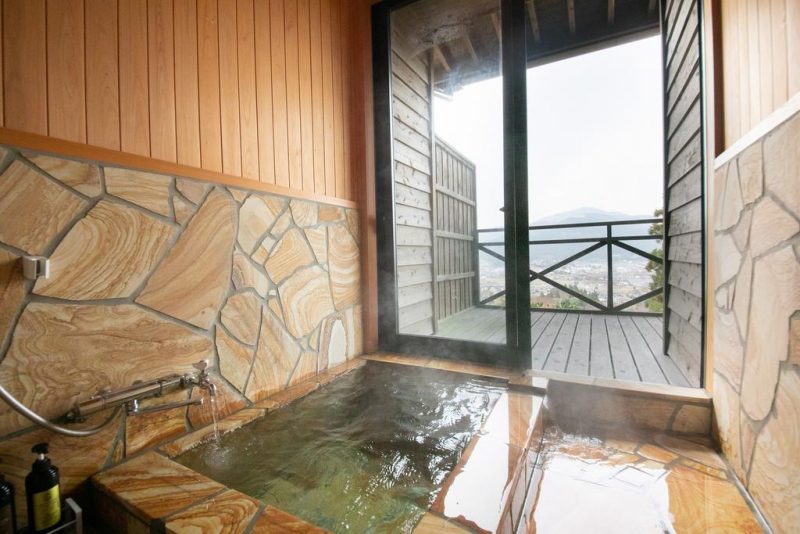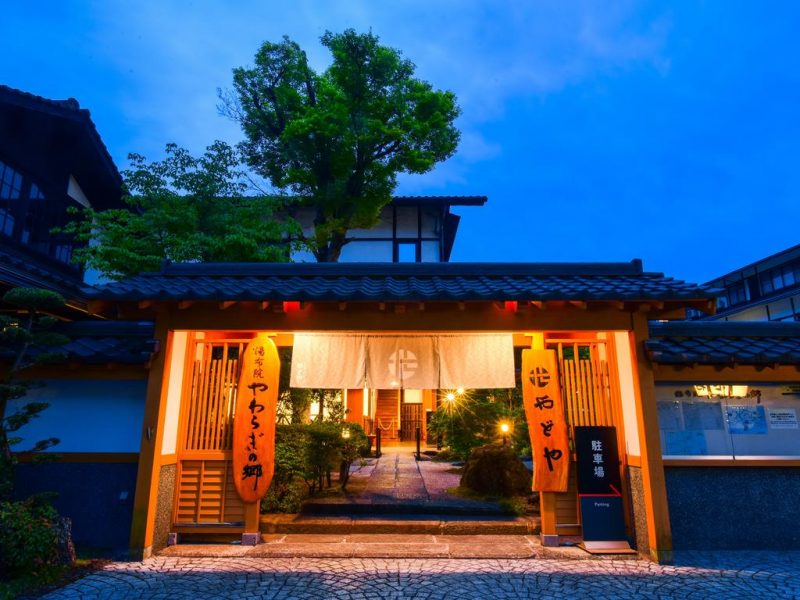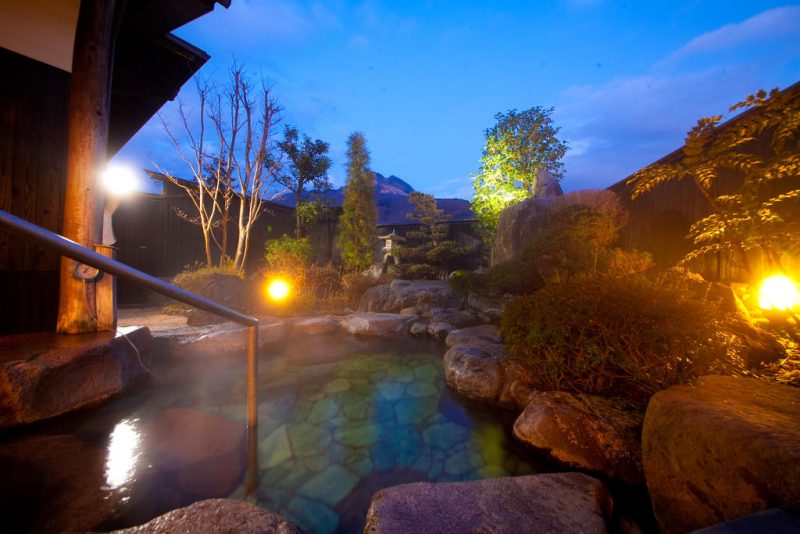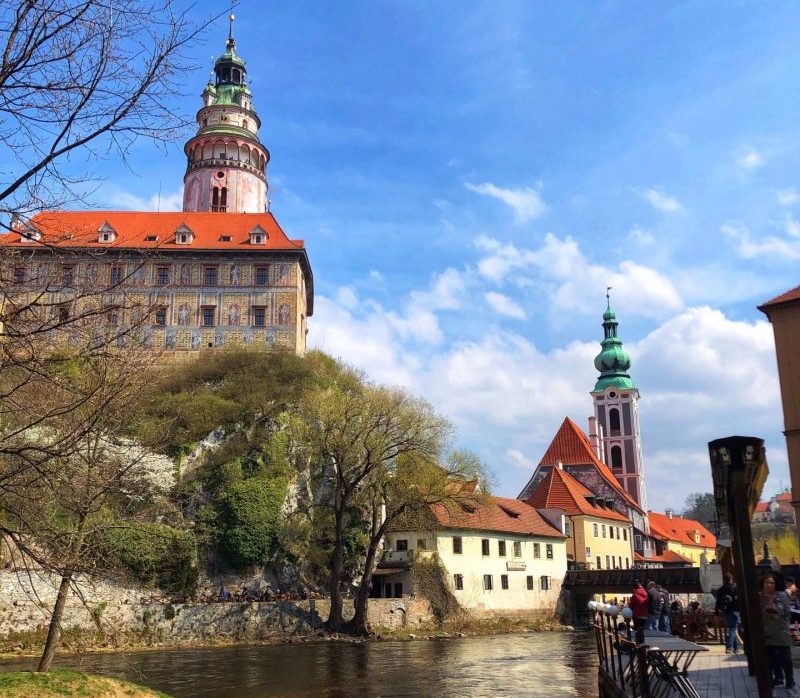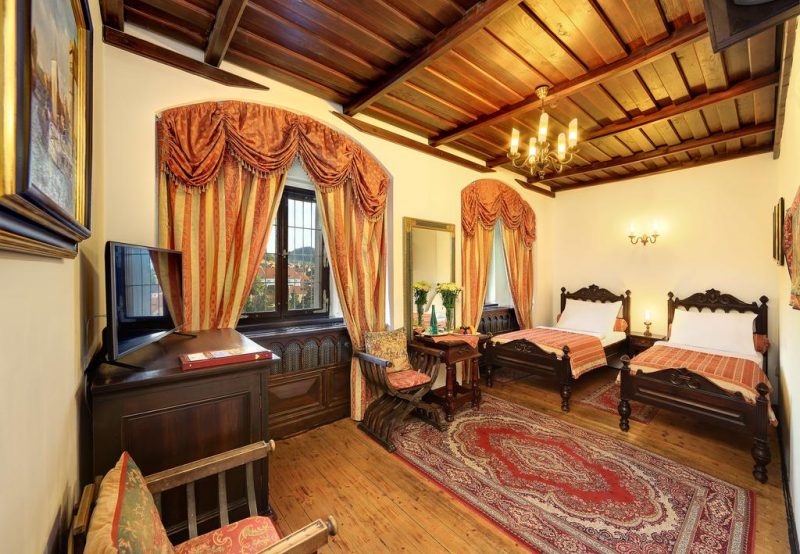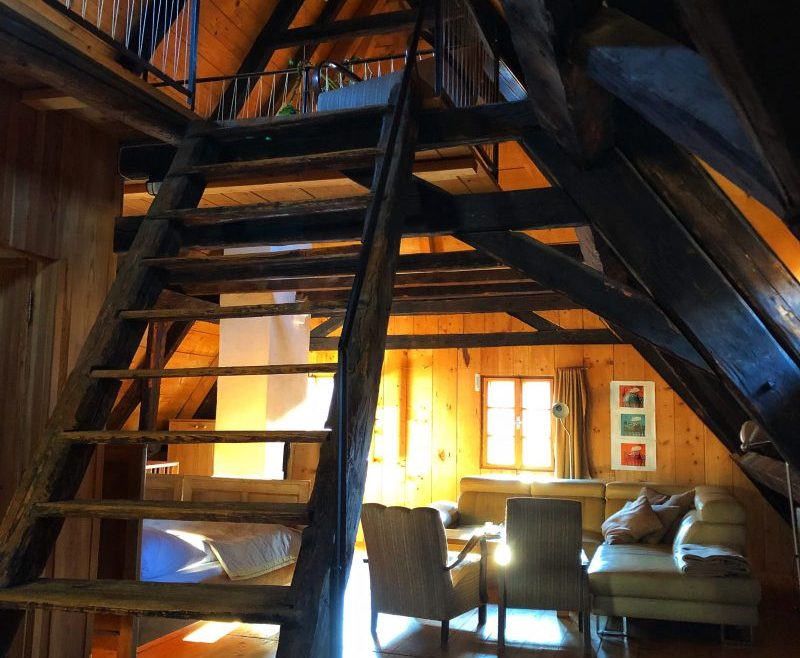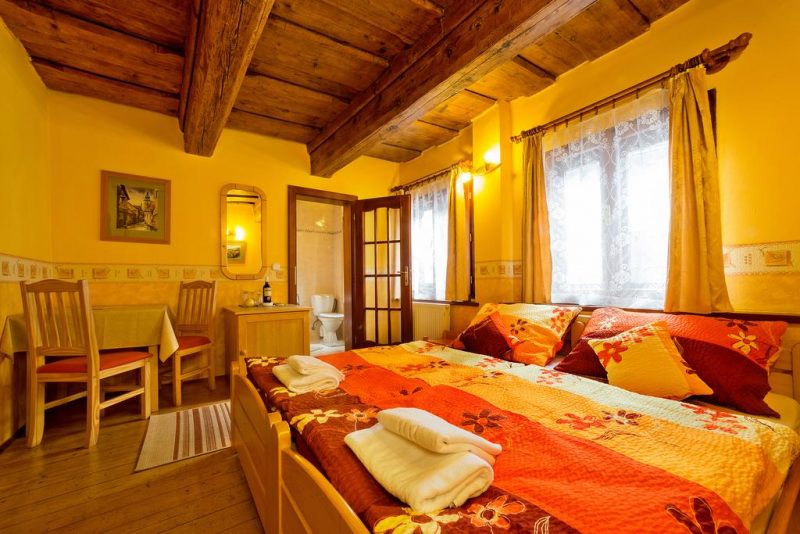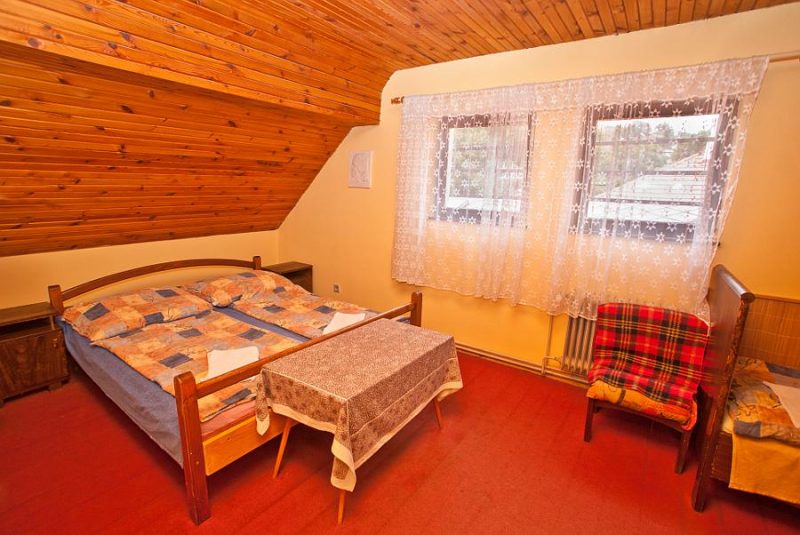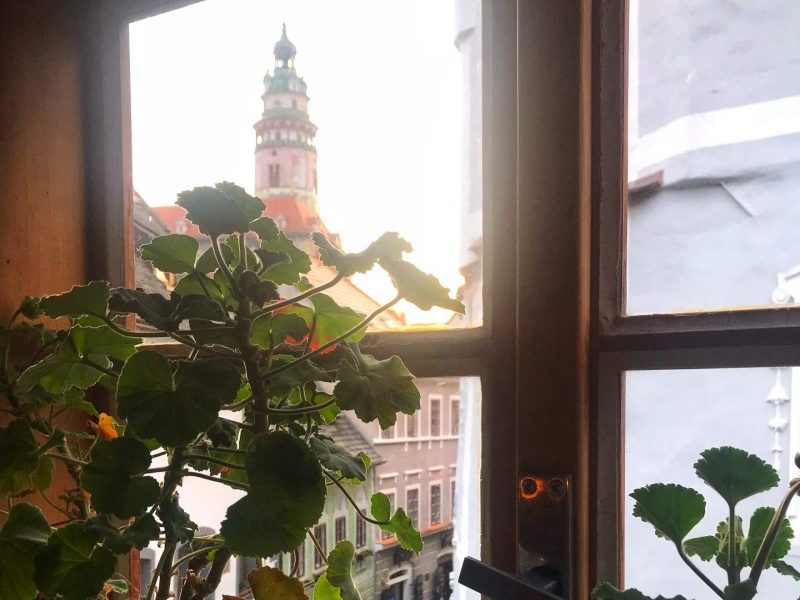Last updated on December 21st, 2024
To help you choose where to stay in Tokyo, here’s our guide to the best neighborhoods of Tokyo city with the top pick on the best hotels and accommodations.
Deciding where to stay in Tokyo can be tricky. Being the capital city in Japan, Tokyo is truly a huge city. So it is very crucial to stay somewhere convenient for easy getting around. While there is an incredible range of accommodations to stay in Tokyo. From the budget hostel, homestay, business hotel, Disneyland theme hotel, and a luxurious five-star hotel. For sure, there will one that will suit your budget.
Choosing the best place to stay in Tokyo need not be overwhelming.
Here we share our experience in finding the best hotels from my past visits to Tokyo. This complete list of the best hotels and hostels in Tokyo comes with a full explanation of the reason. We truly hope that you’ll be able to pick the right place to stay in Tokyo and the best Tokyo hotel. Make sure to take a look if you are looking for where to stay in Tokyo.
Where To Stay in Tokyo
Where to stay in tokyo? The best places to stay in tokyo are Shinjuku, Ginza, Roppongi, Shibuya, Asakusa, Ueno, and Odaiba.
Here is the quick summary of Tokyo’s Best Areas to Stay:
- Shinjuku: Best place to stay in Tokyo for first-time visitors.
- Ginza: Perfect place for the shopaholic
- Roppongi: Primary entertainment district with a diverse cultural scene
- Shibuya: Best place to experience the bustling city life.
- Asakusa: Historic neighborhood and best budget place to stay in Tokyo.
- Ueno: Budget-friendly neighborhood to stay in Tokyo.
- Odaiba: Suitable for families with kids.
Tokyo Hotel Tips: Bear in mind that the best hotel also comes with a pricey price tag. But not worry. Here, we explain the best place to stay in Tokyo for the family, couples, groups of friends, and even solo travelers with different budgets.
Best Place To Stay For First-Time Travelers To Tokyo
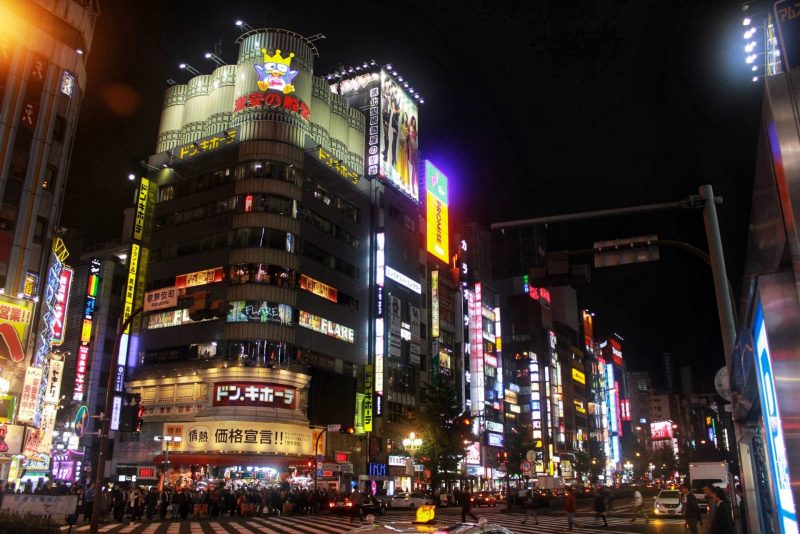
Finding the best Tokyo hotel for first-time visitors can be slightly challenging. This busy city is very huge with many things have spread out. So it is best to separate by distinct wards or districts to make it easy to plan for your trip and accommodation.
The good news is, that Tokyo is well connected with an excellent transport system. So sometimes it is not so crucial to decide the best area to stay in Tokyo. But we advise choosing your accommodation located nearby the transportation system to help you get around. Moreover, if budget is not a concern, staying in the main city area to experience the true vibe of Tokyo is highly recommended.
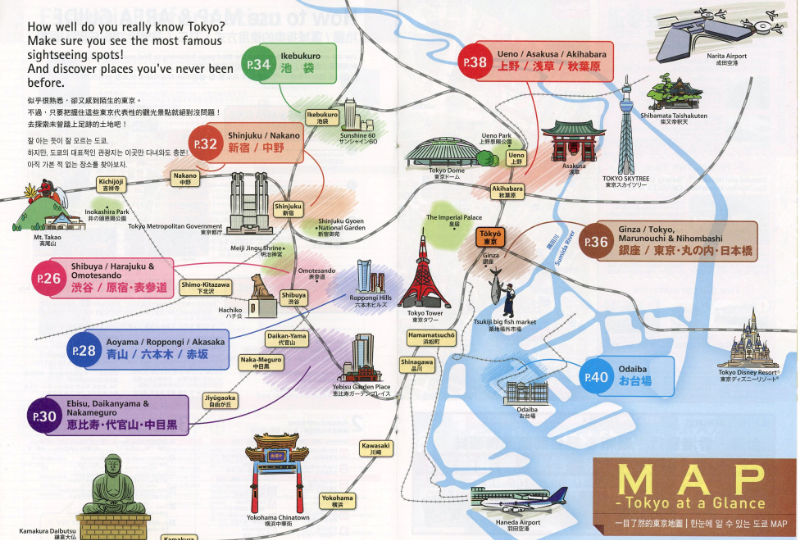
In general, the top pick places where to stay in Tokyo are Shinjuku, Ginza, Shibuya, or Roppongi. Budget travelers, consider staying in Ueno and Asakusa. While Odaiba is a great choice for families with kids and Disneyland lovers.
Try to stay nearby Yamanote Line (Tokyo loop line) station, the main circular train line in the city with stops in major tourist districts like Shinjuku, Shibuya, Yarakucho (Ginza), Tokyo Station, Akihabara, and Ueno. An alternative option, choose your stay near the subway station.
For budget travelers, Ueno and Asakusa are the best places to stay who looking for the best cheap place to stay in Tokyo. Although it is less appealing compared to the busy area in Tokyo. But, this area is cheaper with lots of budget accommodation.
Where To Stay in Tokyo: Shinjuku
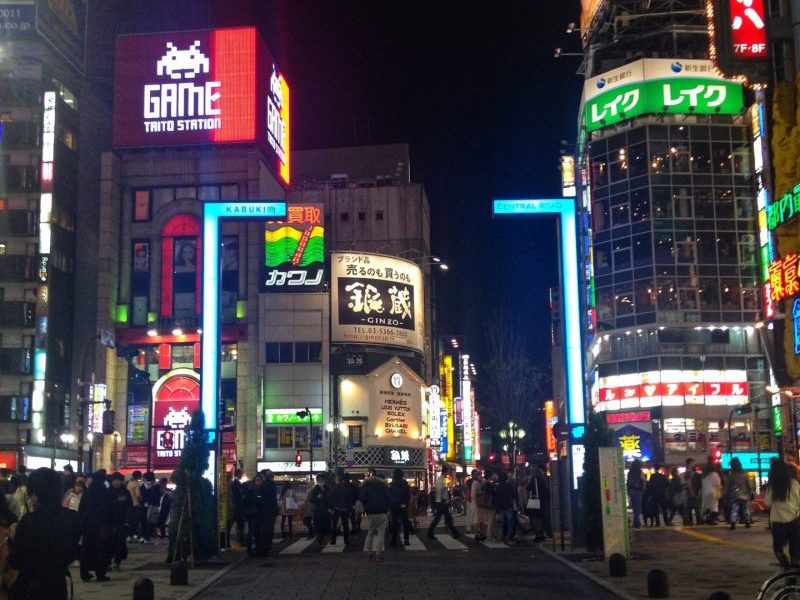
Shinjuku (新宿) is the best place to stay in Tokyo, especially for first-time visitors. It is home to entertainment establishments, shopping malls with several department stores, thousand of restaurants, and even epic street food. This is also one of the city’s biggest transport hubs and connected with the all-important Yamanote Line.
Staying in Shinjuku also very convenient for a day trip to Hakone and Mt Fuji via public bus or Odakyu train.
Why Stay in Shinjuku:
- Best place to experience the modern vibrant of Tokyo.
- Main transportation hub for JR train, buses, metro system.
- Wide range of accommodation to choose from.
Best Hotels in Shinjuku
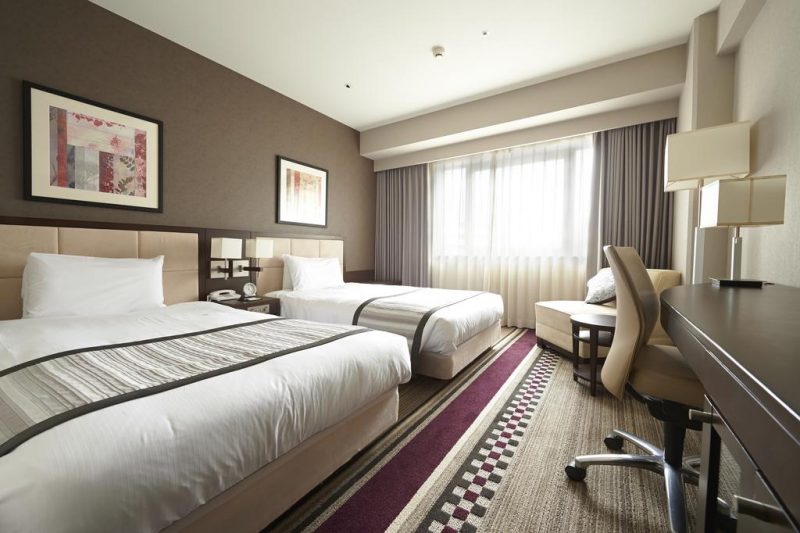
Shinjuku Top Pick: Hotel Sunroute Plaza Shinjuku is the best hotel in the Shinjuku area with a reasonable price tag. Everything is accessible due to its superb strategic location. The JR Shinjuku station is located just about 3 minute walk from the hotel. Additionally, the Airport limousine bus will drop off and pick up guests right in front of the hotel. So it is very ideal if you plan to get to the airport by Airport limousine bus. The only bad thing is rooms running extremely fast and can be sold out one month in advance.
High-Range: Shinjuku Prince Hotel is located right next to the lively Kabukicho area. So you can find a lot of eateries and restaurants nearby. Added, it is only a 5-minute walk from JR Shinjuku Station. Spacious and clean room to make a comfortable stay in Shinjuku Prince Hotel.
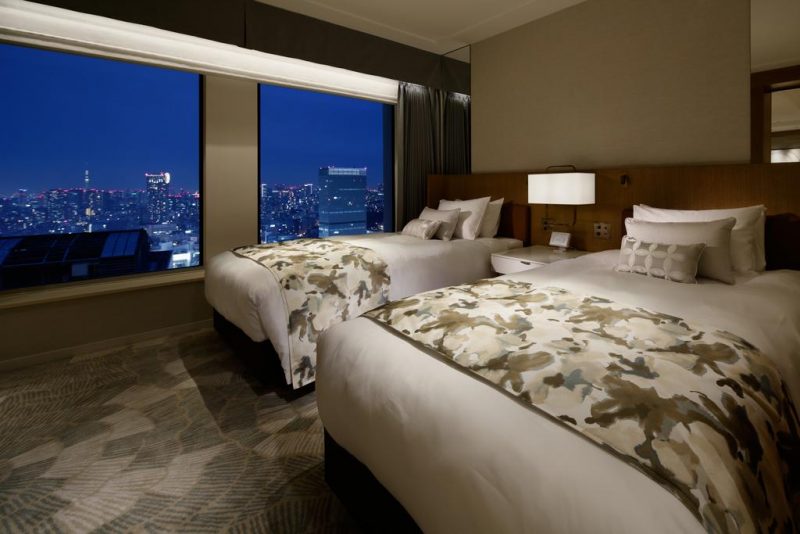
Luxury: Keio Plaza Hotel Tokyo Premier Grand is perfectly located in the center of the Shinjuku area. It is perfectly situated directly linked to Shinjuku station making it convenient for airports and attractions. Added, airport limousine bus right at the hotel’s doorstep. Comfy bed, good size room, lovely amenities, and furnishings. Definitely one of the best stays in Tokyo.
Where To Stay in Tokyo: Ginza
For luxurious and upscale neighborhoods in Tokyo, look no further than Ginza (銀座). The Ginza district is the perfect place for the shopaholic. You can find all the expensive boutiques and big brands from all around the world and Japan only brands.
Besides, you can find plenty of affordable to mid-range shopping too. Moreover, Ginza is well connected with several subways around the district. It will become pedestrian heaven with no cars allowed during the weekend.
Why Stay in Ginza:
- Convenient for sightseeing with JR Yarakucho (in JR Yamanote line) and Ginza metro station.
- Less crowded compared with Shinjuku.
Best Hotels in Ginza
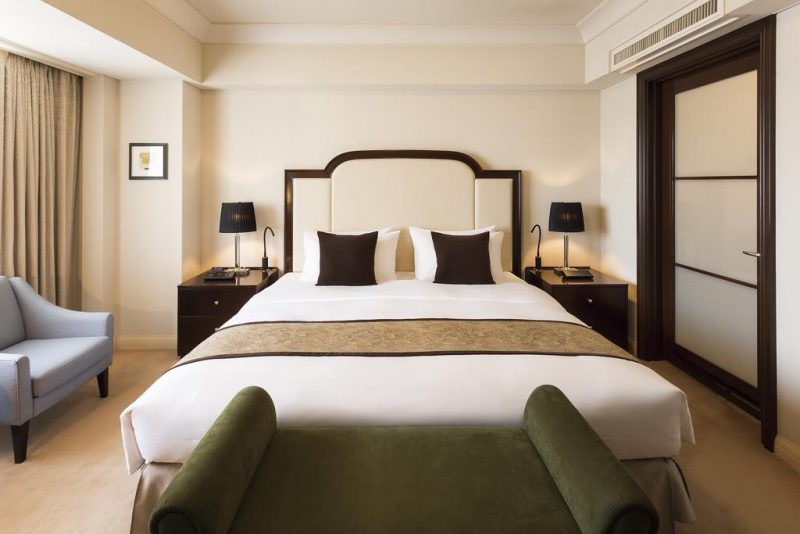
Luxury: Imperial Hotel Tokyo is a prestigious hotel renowned for providing first-class hospitality for over a century since 1890. It is situated in a central location with 3 stations within a 5-minute walk. The nearby Ginza, Hibiya, and Yurakucho stations offer direct access to various locations in Tokyo. Elegant design room for your lovely stay in Tokyo. Additionally, the staff was exceptionally friendly and polite.
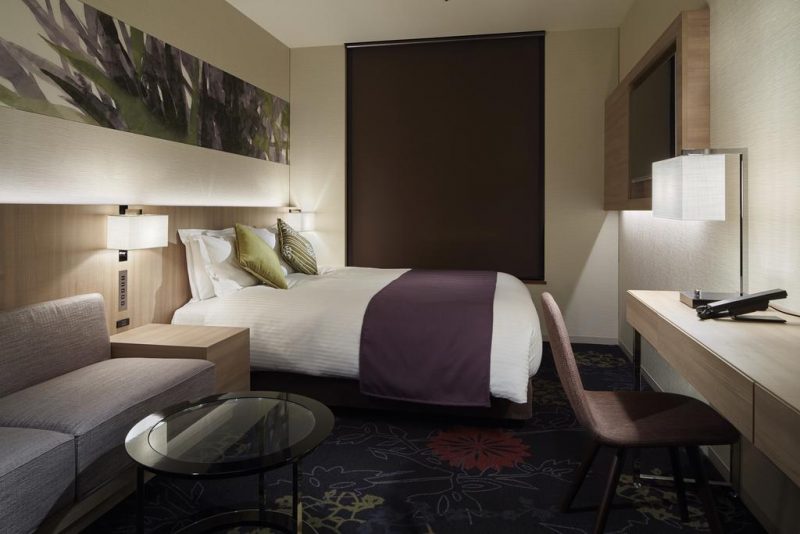
High-Range: Millennium Mitsui Garden Tokyo Hotel Ginza is located just steps away from all the glitz and glamour of Ginza’s entertainment area. It is conveniently located between Ginza and Higashi Ginza subway station with 2 minute’s walk. Additionally, travelers can walk to Tsukiji Fish Market within 10 minutes of walking distance. Stylish and comfortable room as per the Millennium hotel group standard.
High-Range: Solaria Nishitetsu Hotel Ginza is a nice boutique hotel with stylish modern rooms. The location is situated only 2 minutes from the Ginza subway station and nearby the Ginza shopping street. You can even choose to walk to the Tsukiji Fish market within 10 minutes of walking distance.
Where To Stay in Tokyo: Roppongi
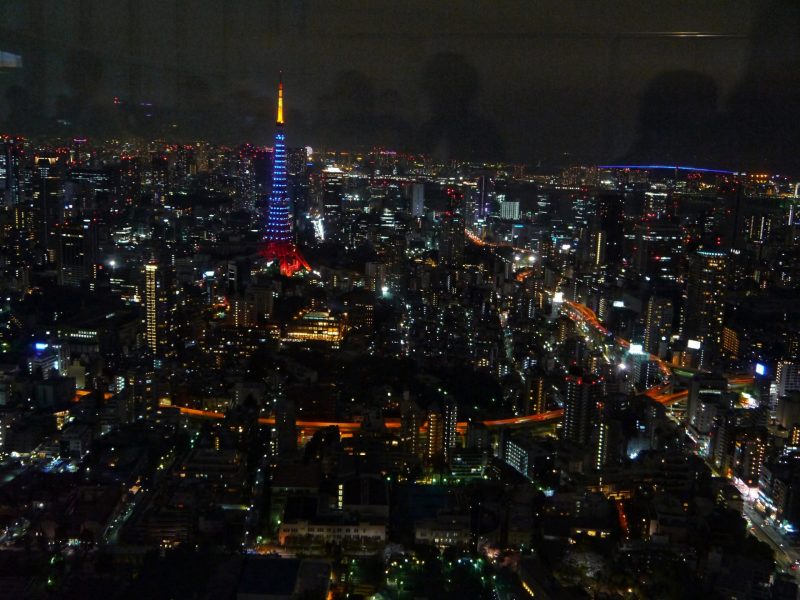
Roppongi, literally six trees (六本木) is another worth recommended neighborhood. It is a primary entertainment district with a diverse cultural scene. Many upscale bars and restaurants, contemporary art museums, and nighttime entertainment can be found in Roppongi. Get a high-rise hotel to enjoy the best view of Tokyo city.
The only bad thing is Roppongi is not on the JR Yamanote Line. But travelers can get to Roppongi by using the metro line.
Best Hotels in Roppongi
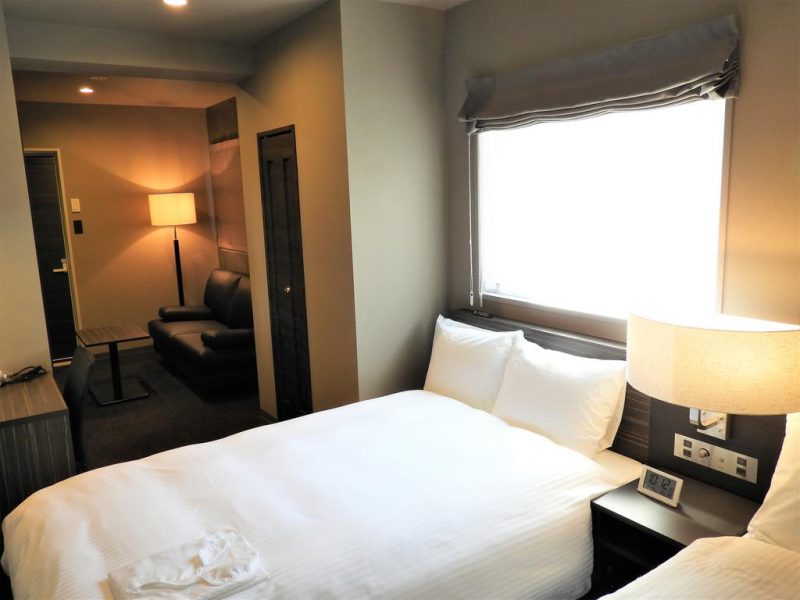
High-Range: Act Hotel Roppongi is located in a prime location in the Roppongi area less than 2 minutes from the closest Hibiya Line Roppongi station. You can also choose the nearby Oedo Line Roppongi station and Chiyoda Line Nogizaka Station. Walking distance to nearby attractions such as Roppongi Hills, and Mori Art Museum. The room is slightly small but reasonable for Japanese standards.
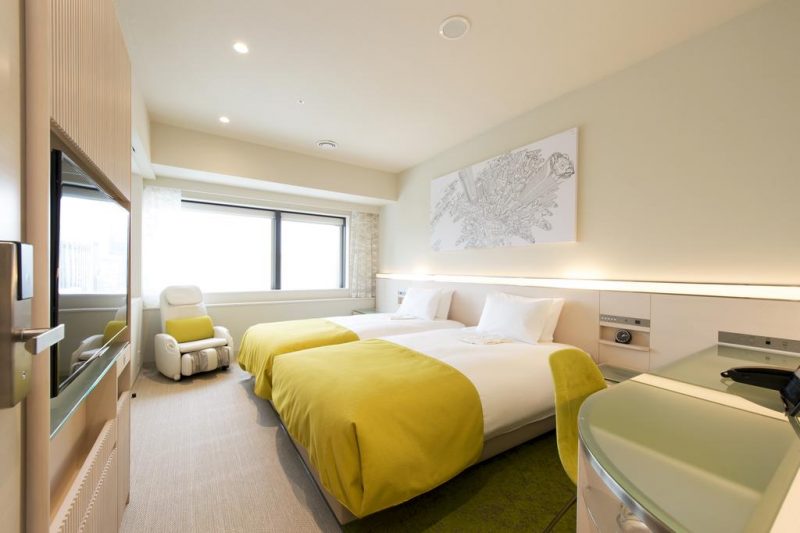
Mid-Range: Remm Roppongi is centrally located in midtown with lots of restaurants surrounding it. It is a great place to explore around by foot and get around with two subway lines nearby. Stylists design compact rooms equipped with a variety of amenities.
Mid-Range: APA Hotel Roppongi Ekimae has conveniently located a 1-minute walk from Roppongi Subway Station on the Hibiya and Oedo lines. Travelers can walk to the nearby Grand Hyatt Roppongi stop to board the Airport Limousine bus within 10 minutes of walking distance. A small and compact room for your best stay in Roppongi.
Where To Stay in Tokyo: Shibuya
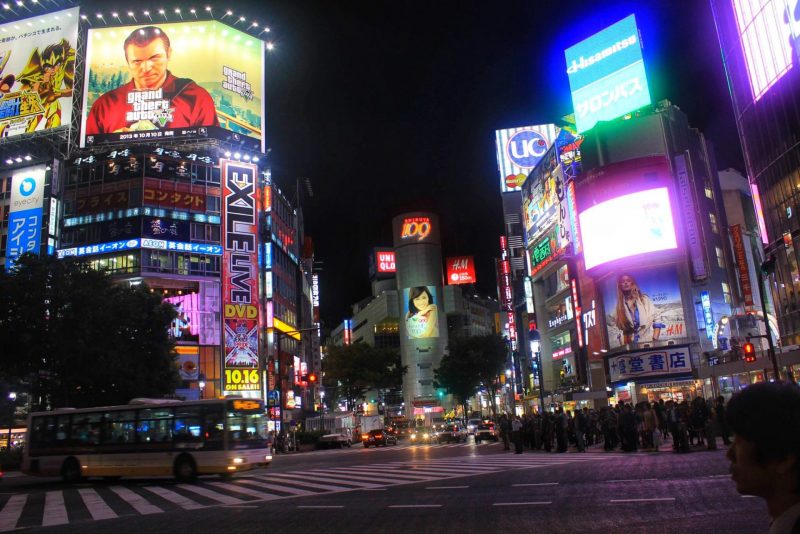
The lively Shibuya (渋谷) is one of the best places to stay in Tokyo to experience the bustling city life. The vibe is similar to Shinjuku but more youngster-oriented. This area is full of restaurants, shopping streets, and bouquets. You may come across people with a blizzard outfit that surprises you.
Added, Harajuku and Omotesando are just a stone away. It is also connected with JR and the subway to help travelers get around.
Why Stay in Shibuya:
- Easy access to affordable shopping and restaurants.
- Great Japanese local atmosphere.
- Convenient for an airport transfer as the NEX train from Narita Airport stops at Shibuya station.
Best Hotels in Shibuya
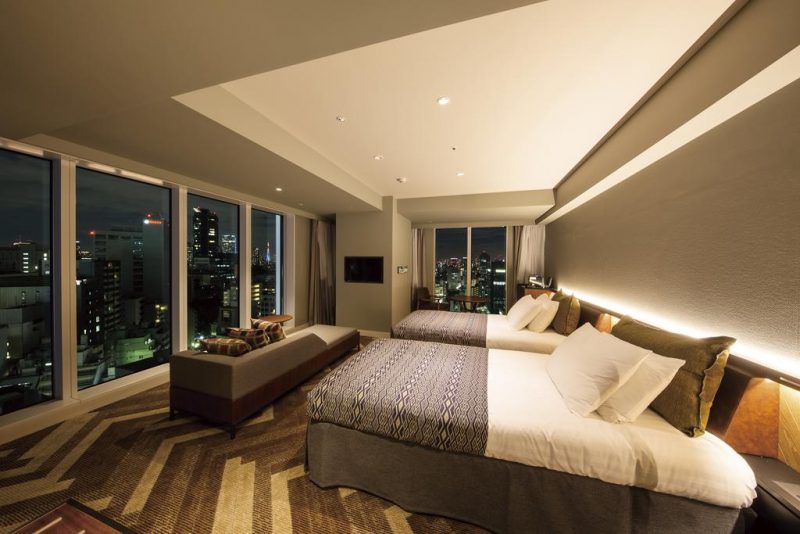
High-Range: Shibuya Stream Excel Hotel Tokyu is centrally located in Shibuya. It is just a 5-minute walk away from Shibuya Station, providing access to many train and subway lines. Many eateries, restaurants, convenience stores, and shopping are within walking distance. Rooms are comfortable with good sizing.
Mid-Range: Part of the famous Japan Dormy Inn Chain hotel, Dormy Inn Premium Shibuya-jingumae boasted free access to a public onsen bath and complimentary ramen as supper for guests. This hotel is also situated at the center of Shibuya within 5 minutes walk from the Shibuya metro station and nearby Shibuya cross, Harajuku street, shopping and eating areas. The rooms are clean and comfortable.
Best Budget Stay in Tokyo: Asakusa
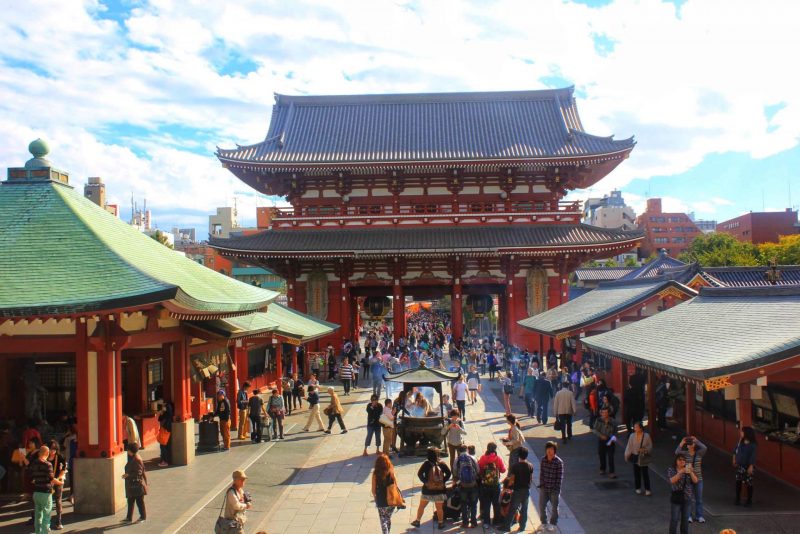
Located in the older part of the city, Asakusa (浅草) is truly a historic neighborhood to soak in Japanese culture. Compare with hyper-modern Shibuya or Shinjuku, Asakusa does not have a huge shopping mall. But you will find the historical shrines and even rickshaws passing you. There are also many small shops and eateries in Asakusa.
This area also offers a variety of affordable hostels and hotels at very reasonable prices. Generally, rooms are also more spacious and you can find a triple or quadruple room for family traveling with kids. Although Asakusa does not connect with the JR Yamanote Line loop, you can make an easy 10 minutes metro transfer to Ginza via the Ginza metro line.
Why Stay in Asakusa:
- Best place for travelers to immerse themselves in a more traditional Japan.
- Wide variety of budget hostels, affordable hotels with triple or quadruple rooms in Asakusa.
- Easy transfer from Haneda airport via Keikyu Limited Express train. The Narita Airport also can be accessed by Keisei Access Express train.
Best Hotels in Asakusa
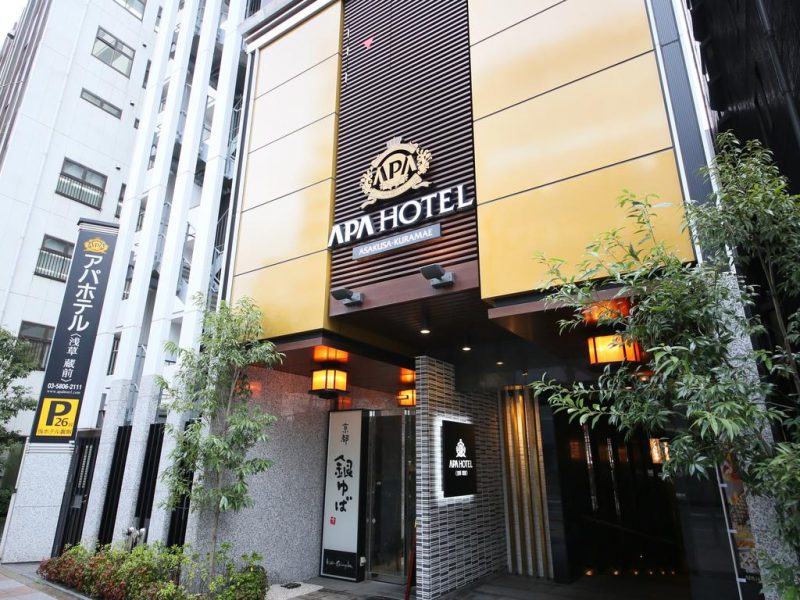
High-Range: The Gate Hotel is modern and chic in Asakusa and conveniently located in the historic neighborhood of Asakusa. It is within a 2-minute walk from Asakusa Subway Station and the iconic Kaminari-mon Gate. Besides, you might see Mount Fuji on the rooftop when the sky is clear.
Mid-Range: APA Hotel Asakusa Kuramae is perfectly located between Kuramae Station and Asakusa Station. Travelers can choose to get to the hotel by a 2-minute walk from Kuramae Station or a 10-minute walk from Asakusa Station. Compact room with modern decoration featured with a variety of facilities and amenities. A free public bath on the top floor is another plus.
Alternatively, choose the APA Hotel Asakusa Ekimae which is located just right beside the Asakusa subway station exit.
Best Budget Stay in Tokyo: Ueno
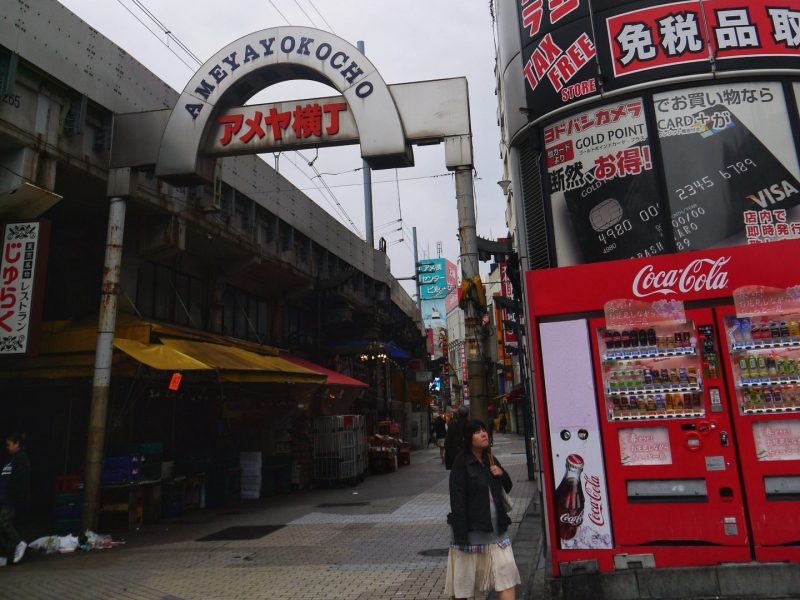
Next, Ueno (上野) is another budget-friendly neighborhood when looking for where to stay in Tokyo. There is a relative distance from the larger district, making the accommodation slightly cheaper to stay in. However, this area is very convenient for getting around. The Ueno station has very good connections to other parts of the city with a direct link via subway and JR to Tokyo Station. Additionally, Shinkansen also stop in Ueno making it a good option for travelers to the traveler in and out with JR rail.
Ueno is the best place to explore the artsy side of the city. There are many museums and art galleries in Ueno to spend your time in Ueno. During cherry blossom, the Ueno part is the best place for hanami viewing and picnic.
Why stay in Ueno:
- Best for budget-friendly travelers. There is a lot of cheaper accommodation with big size rooms in Ueno.
- Variety of accommodation options including business hotels and upscale hotels at a cheaper price.
Best Hotels in Ueno
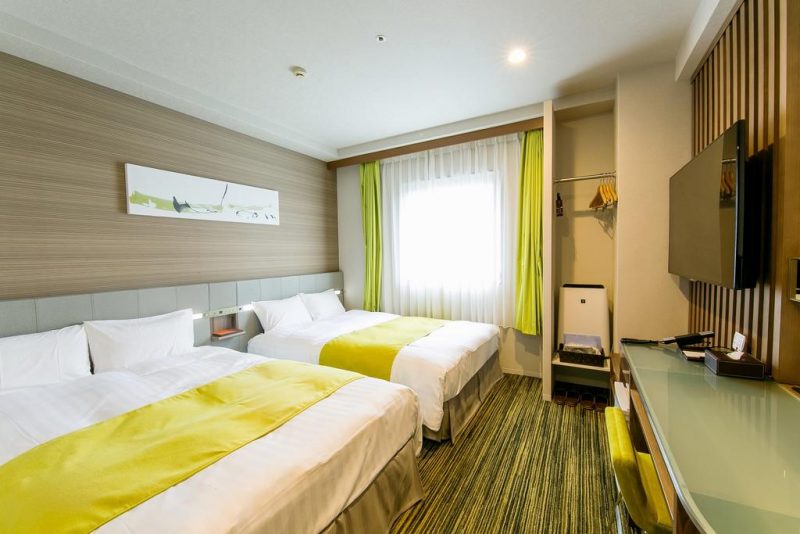
Mid-Range: Hotel Sardonyx Ueno is one of the top picks for the best hotel in Ueno. Located nearby JR Ueno and metro station making it very convenient getting around. Many eateries are surrounded and Ameyoko market is just right behind the hotel.
We choose to stay in Ueno Hotel Sardonyx during one of my trip to Tokyo. It s a great compact room with simplicity and comfort. Room in a smaller size as per Japanese standard. Free simple breakfast provided is a great plus before starting your venture in Tokyo.
Mid-Range: APA Hotel Keisei Ueno Ekimae is another great option for travelers who looking for a convenient stay. It is conveniently located just opposite the Keisei Skyliner Ueno station and a short walk to JR Ueno and metro stations. Clean and compact room as one would expect from Japanese hotels.
Where To Stay in Tokyo: Odaiba
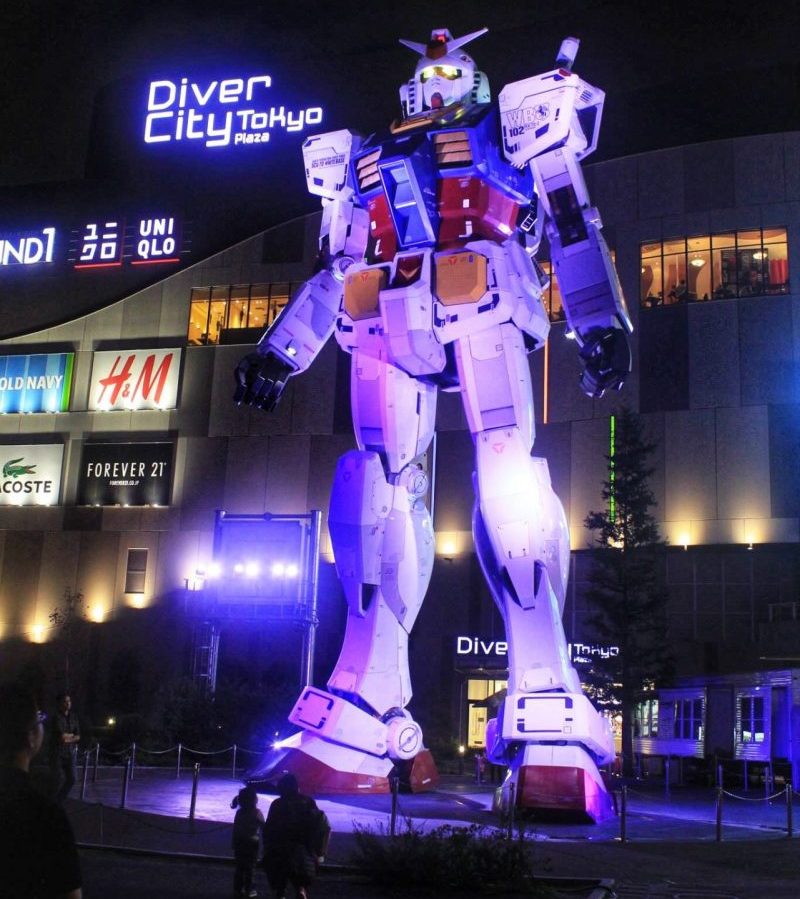
The Odaiba (お台場) is very suitable for travelers who love relaxing trips, especially for families with kids. This area is a reclaimed artificial island east of the central city representing the modern and futuristic Japan. It is very family-friendly and close to Tokyo Disneyland, making it one of the best places to stay in Tokyo for families with kids.
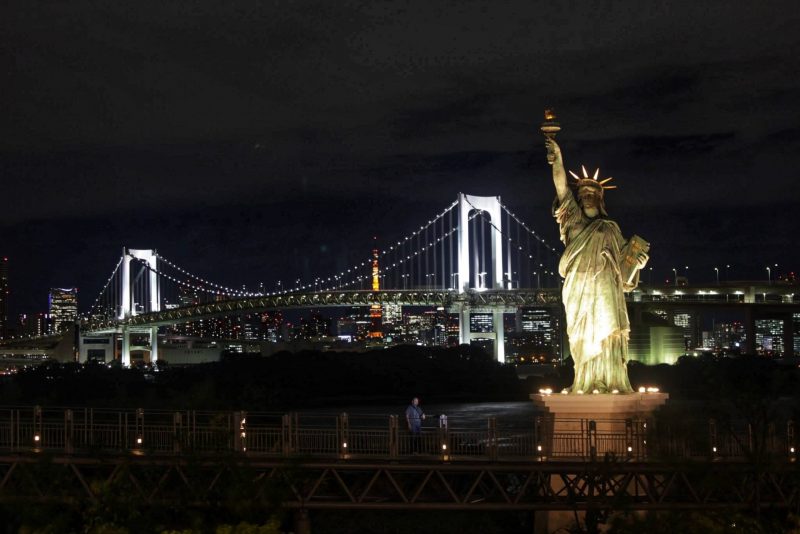
Some hotels also offer free shuttle bus service to Disneyland directly. Locals love spending their weekends at Odaiba for family bonding activities and couples come here for dating. Making your way to Tokyo required an additional 20 minutes on the subway.
Why Stay in Odaiba:
- Family-friendly area. Some hotels even offer a direct shuttle bus connection to Disneyland.
- Hotel rooms in Odaiba are larger than the usual rooms in city central.
Best Hotels in Odaiba
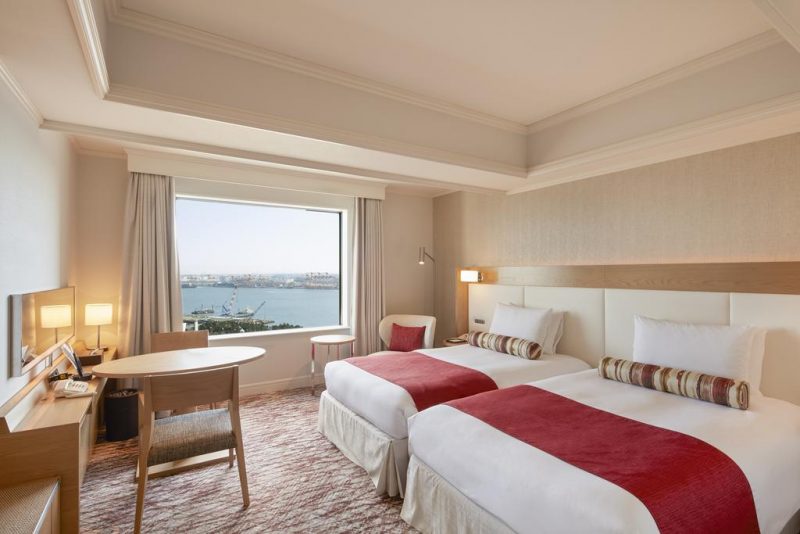
Luxury: Grand Nikko Tokyo Daiba offers a spacious elegant European-style decor room with a huge bed. The upper floor room boasted a stunning view of the bay and overlooking with rainbow bridge and the city of Tokyo. It is particularly popular among group travelers and suitable for travelers who love relaxing trips in Tokyo.
Luxury: Located on the waterfront area of Tokyo Bay, your stay in Hilton Tokyo Odaiba boasted stunning views of Tokyo’s skyline, Rainbow Bridge and Tokyo Tower. All rooms come with a balcony to enjoy the panoramic view of Tokyo Bay. Spacious room with a great view. Free shuttle service to Tokyo Disney Resort is provided every day.
Where To Stay For Tokyo Disneyland Lover
One of Tokyo’s top attractions is Disneyland. There are a couple of hotels listed under Tokyo Disneyland Resort “Official Hotels”. These hotels are rated as the best place to stay if you wish to visit Disneyland, especially for families with kids. Staying in official hotels has many benefits such as a free shuttle bus from the hotel to the Bayside Station of the Disney Resort Line Monorail. The monorail will take you to the entrance of Tokyo Disneyland and Disney Sea for a fee.
If you have budget concerns, then Odaiba, Ginza, and Tokyo Station are an alternative good solutions for easy access to Tokyo Disneyland.
Best Hotels Nearby Tokyo Disneyland
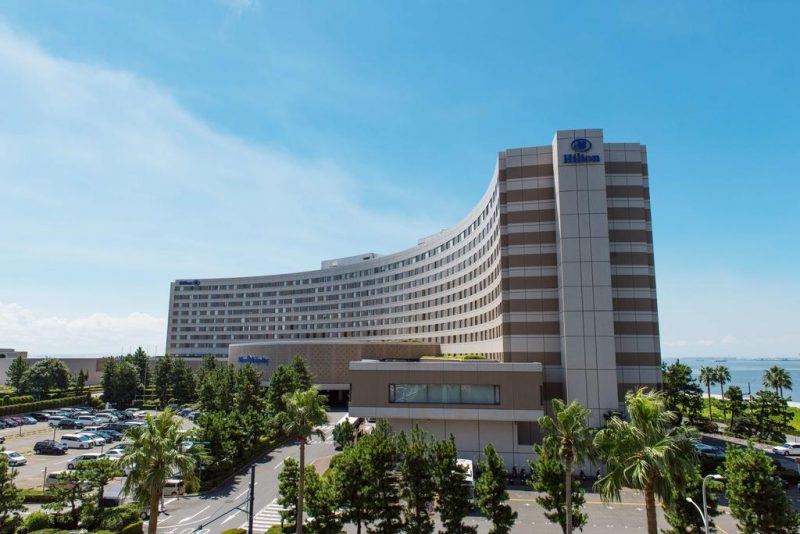
Luxury: Hilton Tokyo Bay Hotel is part of the official hotel of Tokyo Disney Resort. It offers spacious rooms with ocean or Disney Resort views. Triple and quadruple rooms are available and are best for families with kids. There are also 5 restaurants, and indoor and outdoor pools for guests staying in. Added, Bayside Monorail Station on the Disney Resort Line is just a 6-minute walk. You may also choose the 1-minute shuttle ride away and goes directly to Tokyo Disneyland and Disney Sea.
Luxury: Sheraton Tokyo Bay Hotel is another official hotel of Tokyo Disney Resort. It is also a great option for a family to stay with kids. Children under 6 can stay for free by using the existing bed. A 2-minute walk from Bayside Station on the Disney Resort Line.
Final Tips For Your Best Hotel in Tokyo
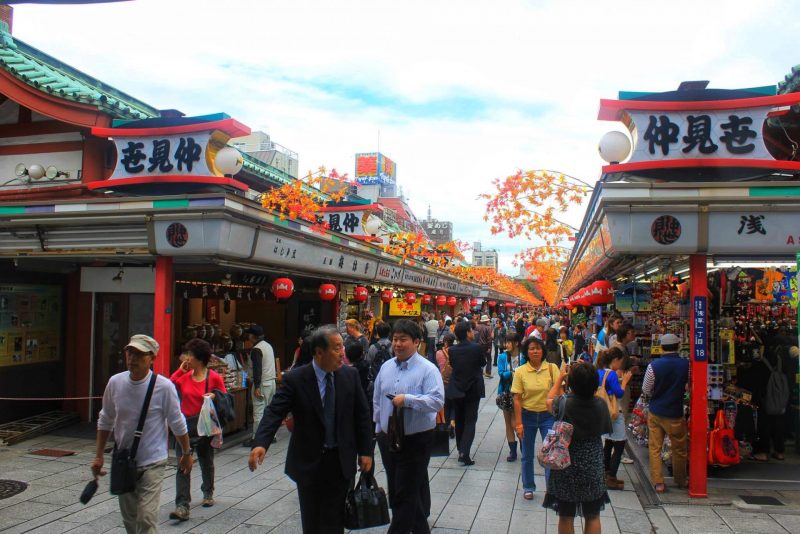
Last but not least, remember to check out our final tips on choosing your best stay in Tokyo.
What Type of Hotel/Room Should I Choose For My Best Stay in Tokyo:
- Tokyo with a wide range of hotels in all price ranges. Pick the one that meets your requirement and budget.
- Travelers with family and kids, please make sure your room is able accompanied for kids. Japan is very strict on the number of guests staying in the room.
- Business Hotels are smaller but value for money. It is normally situated nearby a station within walking distance. Best hotel for travelers who look for a convenient stay.
- Generally, rooms nearby the station are more expensive and smaller compare with a similar range of accommodation slightly far away from the station.
- Tokyo hotel (and Japan) is generally very clean and safe even for a budget stay. This is something that we love to travel to Japan.
- Solo travelers can try to look for a capsule hotel in Shinjuku or a budget stay in Asakusa.
FAQ on Best Stay in Tokyo
The top pick for the best area to stay in Tokyo are Shinjuku, Ginza, Shibuya, or Roppongi.
Shinjuku (新宿) is the best place to stay in Tokyo, especially for first-time visitors. It is home to entertainment establishments, shopping malls with several department stores, thousand of restaurants, and even epic street food.
Ueno and Asakusa are the best places for the budget traveler who looking for the best cheap place to stay in Tokyo.
Definitely Shinjuku. Shinjuku is the heart of Tokyo with food and entertainment activities for 24 hours.
Overall: Best Place to Stay in Tokyo
All in all, that’s all for my complete guide for accommodations that fit every taste and pocket! I hope it will be helpful when looking for where to stay in Tokyo. My last words on the post. Regardless of what type of hotel and room you choose when finding for the best stay in the city. Make sure to book your accommodation early. Popular hotels normally run fast, especially during peak season. The hotel rate will continue increasing if rooms run fast.
Last but not least, if you need help planning your itinerary in one of the most wonderful cities in Japan, I recommend you check out my post below. Lastly, I hope you will have the best holidays and enjoy your trip to Tokyo!
Tokyo Itinerary For 1, 2, 3, or 5 Days: A Complete Travel Guide Blog
More detail on Tokyo Travel Blog:
- A Guide For Meiji Shrine, Harajuku, Shibuya Itinerary
- Asakusa Ueno Itinerary: A Travel Tips Guide For Visitors
Related Food Blog:
- Tokyo Food Guide: What and Where to Eat in Tokyo
- Mutekiya Ramen: Must Eat Tokyo Best Ramen
- Ichiran Ramen Ueno: Best Ramen Shop in Ueno Tokyo
- Daikokuya Tempura: Asakusa Must Eat Food
- Chuka Soba Tomita Ramen: Tokyo Best Tsukemen
- Ichifuku Shibuya: A Taste of Tokyo Michelin Miso Ramen
- Udon Shin Tokyo: Delicious Freshly Handmade Udon
Planning on an easy day trip from Tokyo? Check out our travel guide:
- Hakone One Day itinerary with Hakone Free Pass
- Where To Stay in Hakone: Best Ryokan and Hotel Guide
- Best Ryokan Stay in Hakone: Ichinoyu Honkan
- Kamakura Itinerary: A Travel Guide Blog
- Nikko Itinerary: A Travel Guide Blog
Tokyo Transport Guide: How To Get To The City from Narita Airport:
